Best Tips on How to Get Oil Out of Clothes Quickly Need to know how to get oil out of clothes fast? This guide covers easy and effective methods using items you already have at home. Find step-by-step instructions for both fresh and set-in oil stains. Key Takeaways Why Oil Stains Are Tough to Remove […]
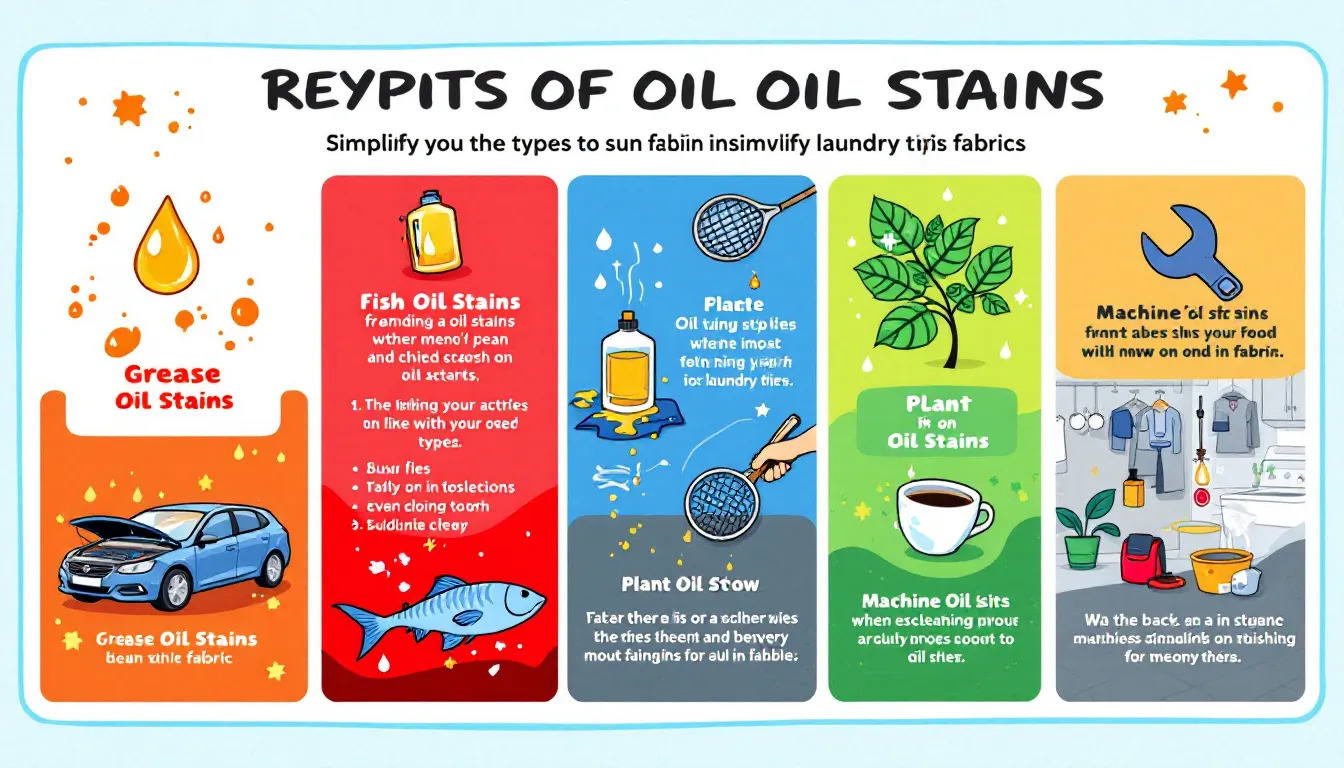
Need to know how to get oil out of clothes fast? This guide covers easy and effective methods using items you already have at home. Find step-by-step instructions for both fresh and set-in oil stains.

Oil stains are a notorious enemy in the battle for clean clothes. The main reason for their tenacity lies in their hydrophobic nature—oil and water simply don’t mix. This means that when oil comes into contact with fabric, it clings to the fibers and resists the usual washing methods. Moreover, the longer the stain sits, the deeper it seeps into the fabric, making it increasingly difficult to remove stubborn stains like oil from clothes.
Acting quickly increases the likelihood of entirely removing oil stains. Delayed treatment can cause stains to darken and set, making future removal more challenging.
Whether it’s cooking oil, motor oil, or any other greasy culprit, understanding why grease and oil stains are tough to remove is the first step in tackling them effectively.
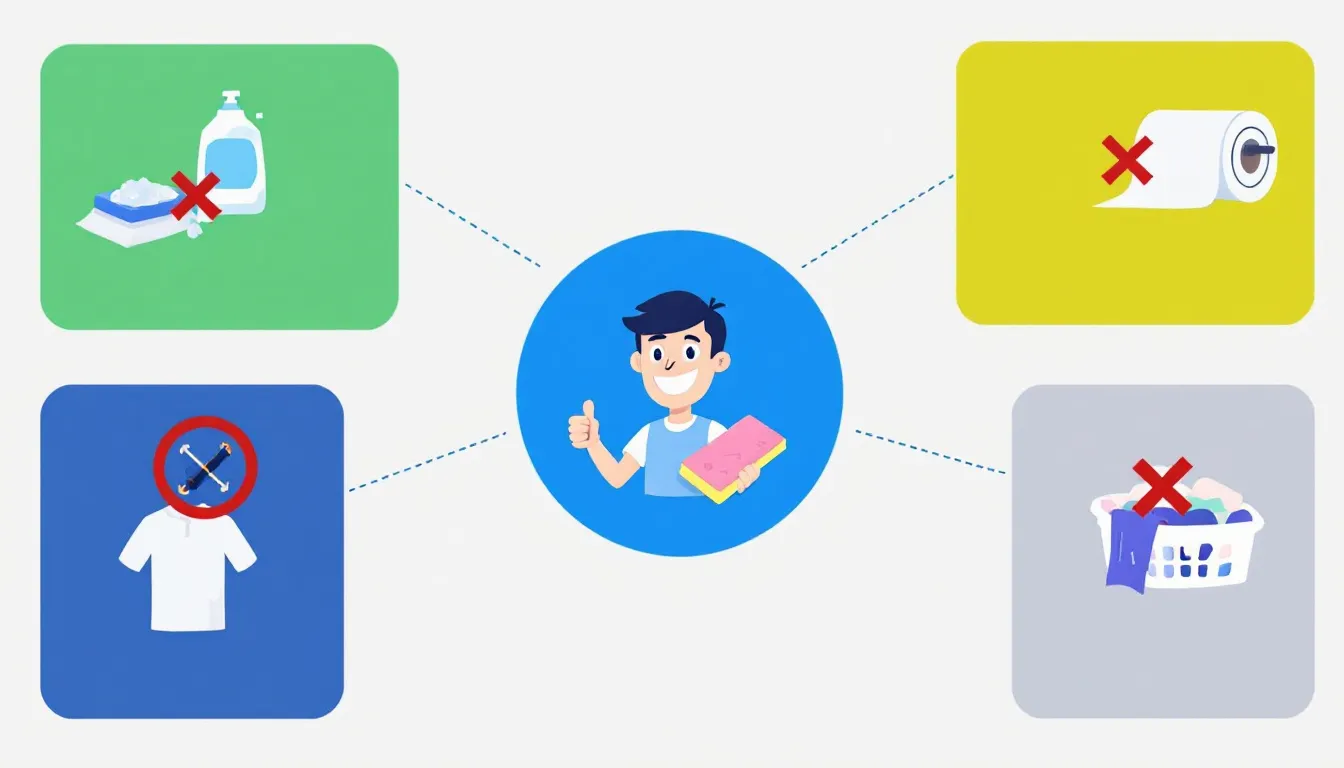
Having the right supplies on hand can make a world of difference in oil stain removal. Common household items like a clean white cloth, dish soap, warm water, a toothbrush, baking soda, WD-40, and laundry detergent are your best allies. Dish soap is particularly effective as it cuts through grease and oil, breaking them down for easier removal.
Baking soda is another essential supply, known for its ability to absorb excess oil from a stain. Paper towels are also crucial for blotting and absorbing oil without spreading the stain. Equipped with these supplies, you’re ready to tackle even the most stubborn oil stains with confidence.
Dealing with a fresh oil or grease stain can be a daunting task, but with the right approach, you can tackle it effectively. The process involves three key steps: blotting the excess oil, applying dish soap directly, and rinsing with warm water. Each step plays a crucial role in preventing the stain from setting and ensuring complete removal.
The first step is to blot the stain using a clean, dry cloth or paper towel. Gently press the cloth or paper towel against the oil stain to soak up as much oil as possible without rubbing. Rubbing can push the oil deeper into the fabric, making it harder to remove.
Blotting helps absorb the oil without spreading it further.
Apply clear dish soap directly onto the stain. Dish soap is great for breaking down grease and oil, making it easier to wash away tough stains. If liquid dish soap isn’t available, make a paste with powdered detergent and warm water.
Gently rub the soap into the stain to ensure it penetrates the fabric fibers.
Rinse the stained area thoroughly with warm water, which helps to liquefy the oil and make it easier to remove.
After rinsing, you can launder the garment in the hottest water suitable for the fabric, using the right amount of detergent. This step ensures that any remaining oil is fully washed out.

Although set-in oil and grease stains are challenging, they aren’t impossible to remove. Reactivating the stain and using the right products is crucial.
Use WD-40, baking soda, and dish soap, and be prepared to repeat the treatment if the stain persists.
Start by spraying WD-40 on the stain to loosen the oil’s grip on the fabric fibers, making it easier to clean.
Avoid running the item through the washing machine immediately after applying WD-40, as this can spread the oil further.
After reactivating the stain with WD-40, sprinkle baking soda over the area and apply a few drops of dish soap. Baking soda absorbs the oil, while dish soap breaks it down.
Let the mixture sit for a few minutes before rinsing with warm water.
If the stain persists after the initial treatment, repeat the process as many times as necessary until the stain is completely removed.
Persistent oil stains may require multiple attempts to be fully eradicated.
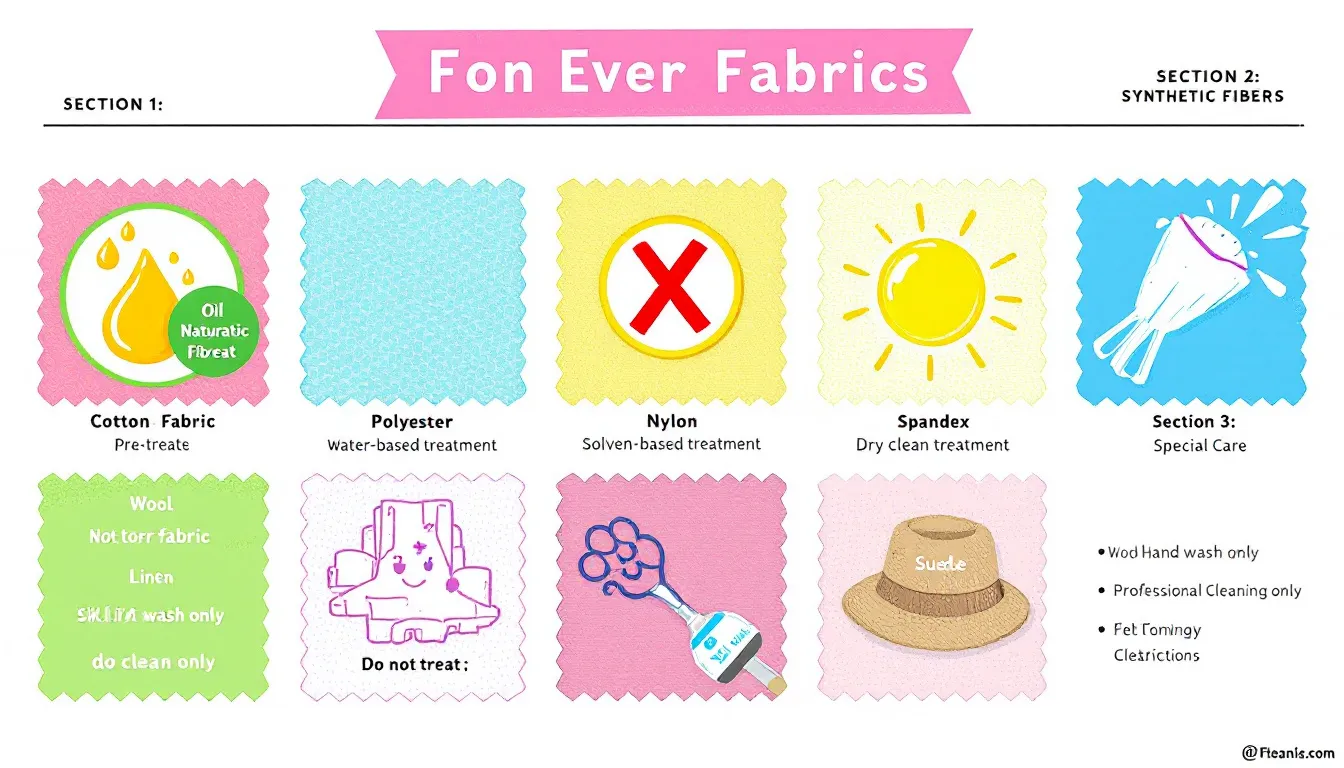
Different fabrics require different approaches when it comes to oil stain removal. Cotton and linen, synthetic fibers, and delicate fabrics all have unique properties that must be considered to avoid damage and ensure effective stain removal.
Use liquid laundry detergent and wash cotton and linen fabrics in hot water for optimal stain removal. Avoid high dryer heat, as this can set the stain permanently.
The right products effectively remove oil stains from these materials.
Pre-treat synthetic fibers with dish detergent to tackle grease stains before washing in the warmest safe water. This approach breaks down the oil without damaging the fabric.
Treat delicate fabrics with mild dish soap and cold water, and air dry to avoid any fabric damage.
This gentle approach effectively removes the oil while keeping the fabric intact.
Common mistakes can worsen oil stains. Avoid these errors to get oil stains for the best results.
This section will cover the pitfalls of rubbing the stain, using hot water immediately, and drying the fabric before the stain is completely removed.
Rubbing an oil stain pushes the oil deeper into the fabric fibers, making it harder to remove. Instead, blot the stain gently to absorb as much oil as possible without spreading it further.
Handle the fabric with care to prevent additional damage.
Hot water can set the stain, making it more challenging to remove. Cold or warm water is usually best for initial treatment as it prevents the oil from binding with the fabric. Warm or hot water should be avoided in this case.
Follow care label instructions to avoid damaging the fabric.
Drying the fabric before ensuring the stain is completely gone can set it permanently. Air dry the garment after treatment to check if the stain has been fully removed.
If the stain remains, repeat the treatment process before drying again.
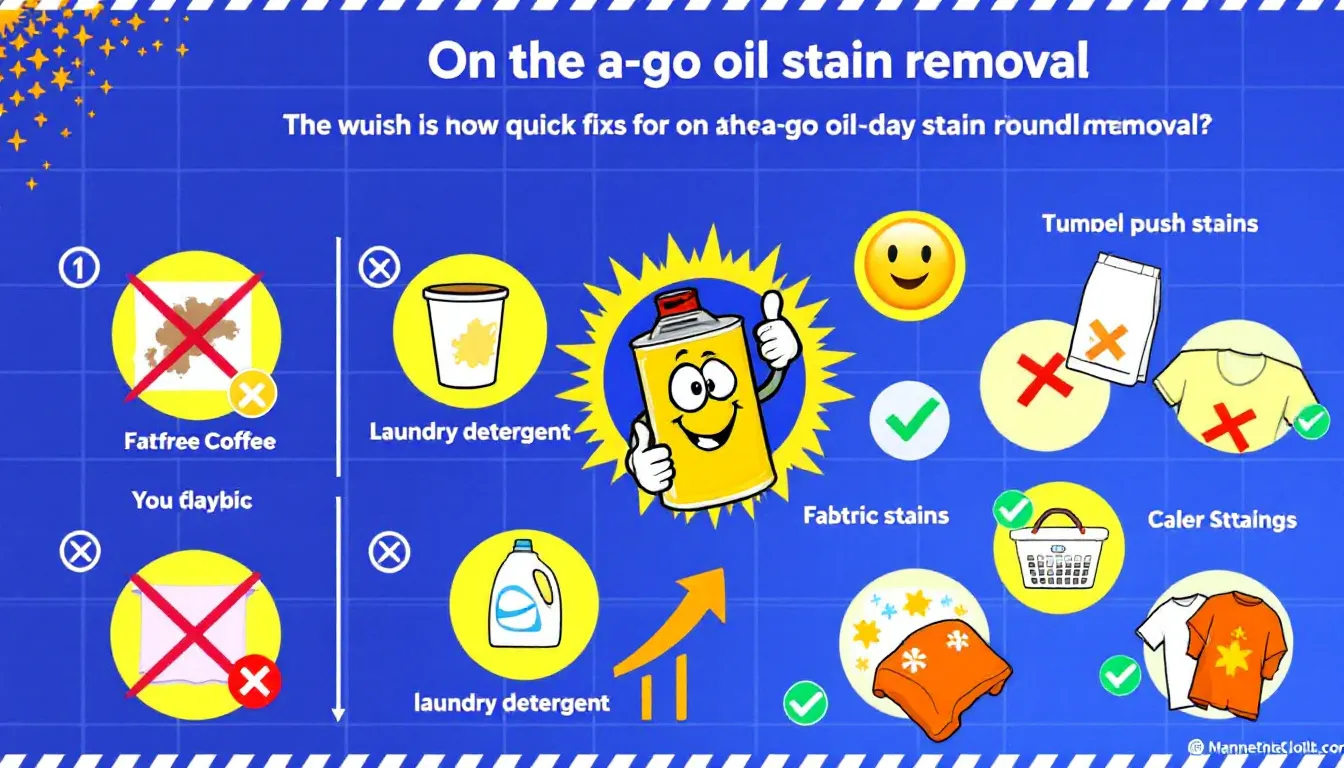
Oil stains can occur when you’re out and about. Quick fixes help manage the stain until you can treat it properly at home.
Use baby powder or cornstarch and blot with napkins for immediate stain control.
Baby powder or cornstarch absorbs excess oil from fabrics. Sprinkle a generous amount onto the stain and let it sit for at least 15 minutes.
Gently blot the area to remove the powder and absorbed oil.
Blotting with napkins helps manage fresh oil stains. Use a clean cloth or paper towel to gently blot the excess oil without rubbing. Always use a clean section of the cloth or a new paper towel to avoid spreading the oil further.
This immediate action significantly improves the chances of complete oil removal later.
In summary, oil stains can be a formidable opponent, but with the right techniques and supplies, you can tackle them effectively. From understanding why oil stains are tough to remove to knowing the essential supplies and step-by-step methods, you’re now equipped to handle fresh and set-in stains. Special treatments for different fabrics and avoiding common mistakes further ensure successful stain removal.
Remember, quick action is crucial, and persistence pays off. By following these guidelines, you can rescue your clothes from even the toughest oil stains and keep them looking fresh and clean.
Oil stains are difficult to remove because they are hydrophobic, meaning they repel water and adhere strongly to fabric fibers, making conventional cleaning methods ineffective.
To effectively remove oil stains, use dish soap mixed with warm water, baking soda, or laundry detergent. Additionally, a toothbrush and a clean white cloth can help scrub the stain for better results.
To effectively treat set-in oil stains, reactivate the stain with WD-40, then apply a mixture of baking soda and dish soap. Repeat the treatment as needed for optimal results.
To effectively remove oil stains, avoid rubbing the stain, use hot water immediately, and dry the fabric before the stain is completely gone. These actions can worsen the stain and make it more difficult to clean.
Yes, baby powder or cornstarch can effectively absorb oil stains temporarily; just apply it to the stain and blot with napkins until you can treat it properly.
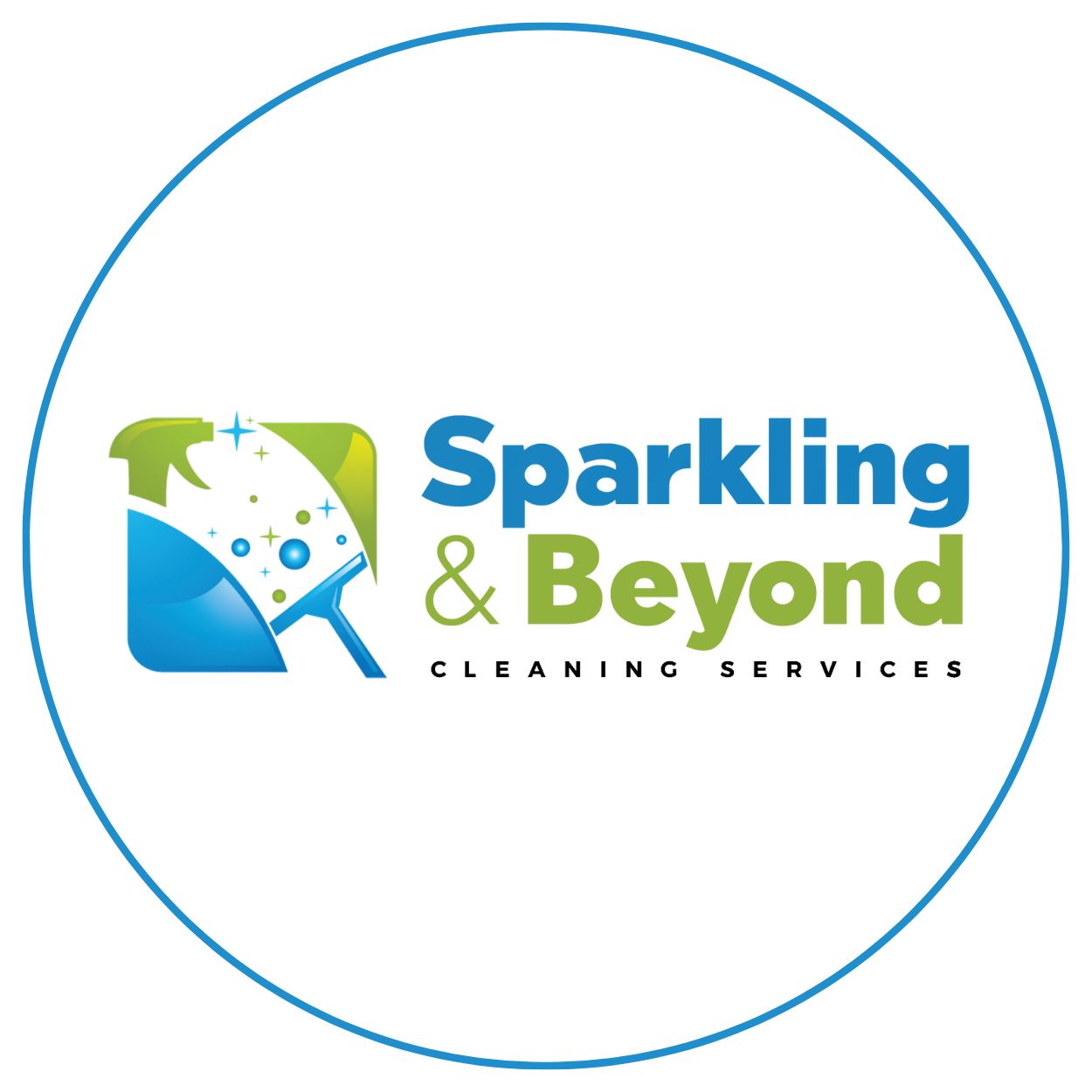
As the admin of Sparkling & Beyond, I bring a wealth of knowledge and passion for excellence in the cleaning industry. With years of experience in providing top-notch cleaning solutions, I am dedicated to sharing valuable insights and tips to help maintain pristine and healthy living environments. My mission is to ensure every home and office we service sparkles with cleanliness and comfort.
![]()